



 Centers for Chemical Innovation Program
Centers for Chemical Innovation Program
Click a Center to learn more about it
|


Chemists and chemical engineers in CENTC collaborate on understanding, designing, and developing new catalysts that will allow for more efficient, economic and greener technologies in the chemical industry. At the most fundamental level, CENTC scientists are investigating new reactions for the selective cleavage and formation of C-H, C-C, C-O, O-O and O-H bonds. The knowledge gained is being used to devise innovative methodologies, including novel types of tandem catalytic processes (where two or more catalysts work together to promote a series of reactions), and to achieve valuable transformations such as direct alkane functionalization, selective defunctionalization of biomass, utilization of carbon dioxide as a feedstock chemical, and the oxidation of water.
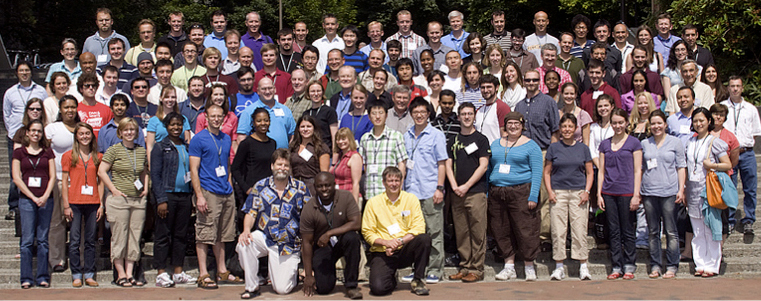
Nearly all industrial production of fuels, plastics, and drugs relies on catalysis.




Solar energy research is inherently interdisciplinary, involving chemical synthesis, solid state chemistry and physics, electrochemistry, chemical kinetics and mechanism, and theoretical and computational chemistry. In addition, it involves concepts of homogeneous and interfacial chemistry between solids, liquids, and gases. Investigators in CCI Solar are focusing on fundamental research to develop the scientific basis of building a solar water splitting system.
CCI Solar research targets critical basic-science challenges facing efficient, solar-driven conversion of water to H2 and O2. Understanding the fundamental processes of light absorption, charge transport, and multielectron redox catalysis is the overarching goal of the CCI Solar program. These processes must ultimately work in concert. Knowing the enormous size of the energy sector, our work focuses on materials and molecular complexes compatible with wide spread use. Research focuses on three primary areas: development of enhanced light absorbers; discovery of optimized catalyst materials; and integration of components into functional assemblies.
Every human being on Earth would be impacted by the development of sustainable energy resources.




Its purpose? To integrate scientific expertise, and to provide long-term commitment to high-risk projects that require multi-investigator expertise. To create the next-generation of researchers with cross-disciplinary training. To broadly impact science communities locally and internationally through collaborations and access to CaSTL technologies. To broadly disseminate scientific findings and knowledge through publications, lectures, public talks and electronic media, to the professional community and to the public at large. To develop transformational science through intellectual property and technology transfer. To provide public outreach through a comprehensive outreach and education plan. To broaden the participation of underrepresented minorities and women in the sciences, and in particular in chemistry and physics.
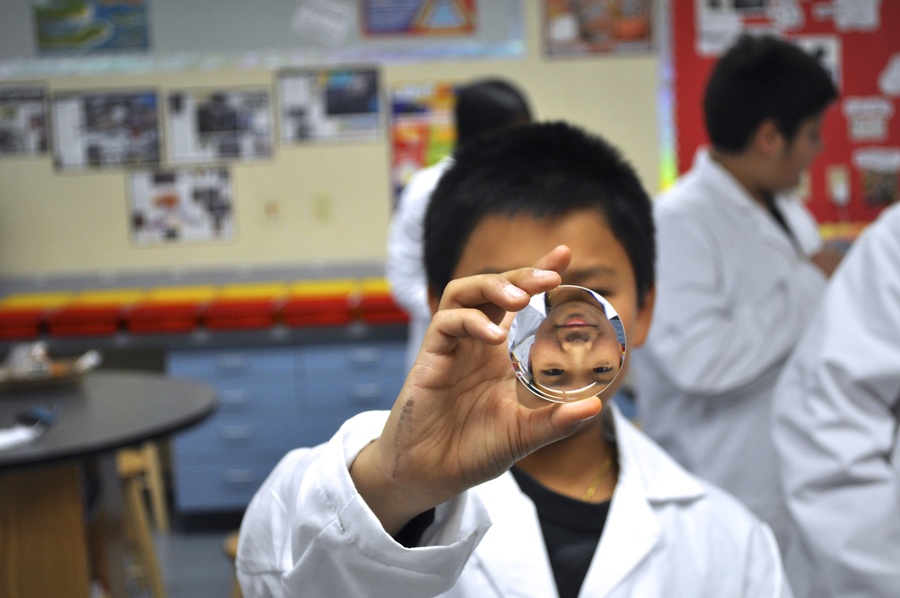
Unravelling elementary steps in chemistry


Our expanding knowledge of the prebiotic chemical inventory and our greater appreciation for the importance of self-assembly create a powerful combination for making significant advances in the field of origin of life. Finding molecules with the ability to self-assemble into RNA- or protein-like polymers, regardless of whether these can be proven to be the ancestors, would undoubtedly create considerable excitement among scientists and the general public, represent a major advancement in the field of molecular self-assembly, and prove abundantly useful to synthetic chemists.
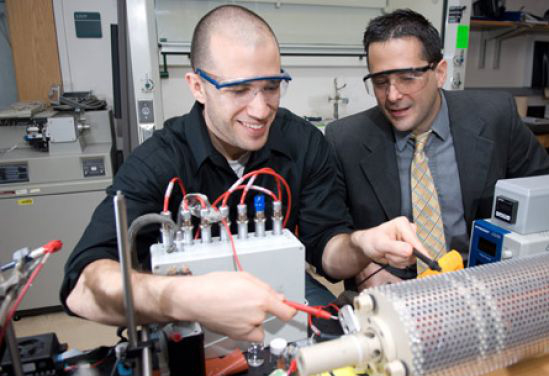
How life began is one of the most intriguing questions of our time.


The CSMC strives to broaden perspectives and opportunities through collaborative mentorships and team research on grand scientific challenges. Network building is strongly supported through our broad partnerships, web-enabled meetings, and travel funds. Entry-level students can join the Center through an immersion course that is taught by advanced Center graduate students and postdoctoral scholars. The course is structured around a Center research project that leads to a journal publication. Graduates of the course can participate as instructors in follow-on offerings to enhance professional development toward an academic career.
The Center maintains an Informal Science Education program with the Oregon Museum Science and Industry, a unique collaboration for building public communication skills. Numerous internships are available through our numerous partnerships with industry and the Oregon Nanoscience and Microtechnolgoies Insitute. The Center in collaboration with the National Collegiate Inventors and Innovators Alliance offers an extensive series of workshops and webinars aimed at educating and preparing students for careers in innovation. The Center is an active member of a thriving innovation ecosystem that is focused on enabling and accelerating the translation of basic chemistry research to commercial products.
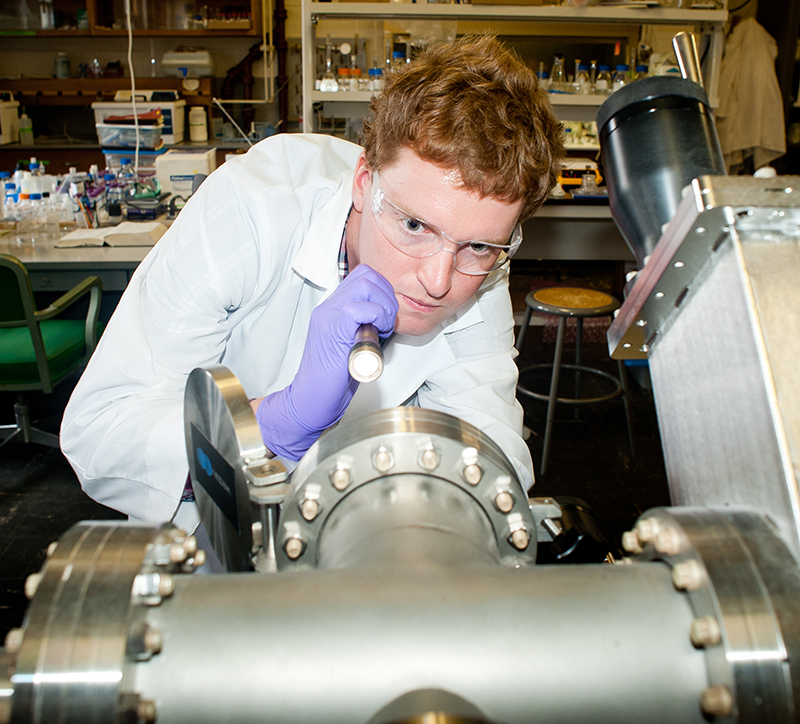
Curiosity-driven and use-inspired research.



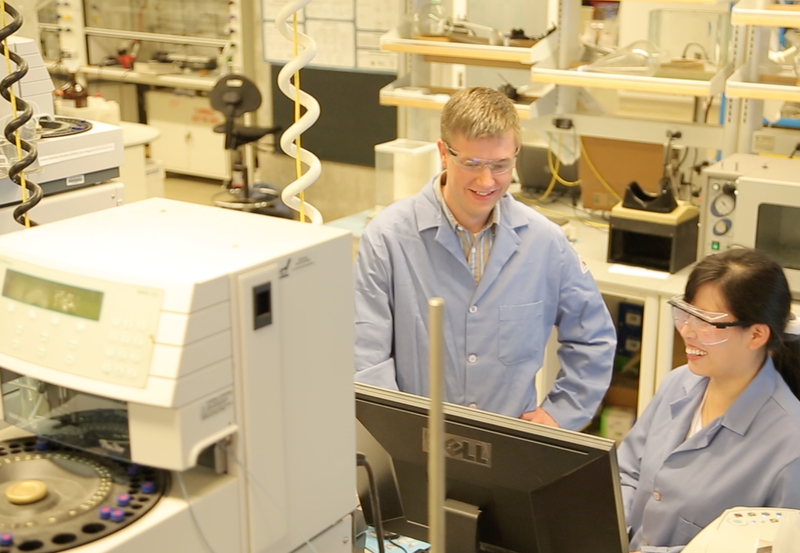
Issues such as the environmental impact of the methodology and the associated waste by-products, the atom- and redox-economy of the synthetic strategy and the overall efficiency of the transformations are themes that are of increasing significance to the science. Today, more than ever, these factors must be at the forefront of the scientific consciousness.
C-H Functionalization embraces these perspectives. The C-H bonds of the hydrocarbon scaffold are no longer considered to be un-reactive bystanders and are promoted to capable and efficient reaction partners. New catalyst systems provide reactions with selectivity's previously thought impossible. C-H Functionalization not only streamlines synthetic strategies by removing the need to prefunctionalize a reaction center, it significantly increases atom economy, reducing waste by-products and by it's catalytic nature, increases the efficiency of synthesis.
The Center for Selective C-H Functionalization (CCHF) has come together to forge C-H functionalization into a reliable, predictable and scalable methodology at the core of synthetic chemistry.
C-H Functionalization is set to bring about a paradigm shift in synthetic chemistry.


Aerosols are microscopic bits of dust, soot, and sea spray - the most poorly understood component of Earth's atmosphere. Aerosols play a significant role in our environment, influencing human health - even how we breathe - while also affecting clouds and precipitation, thereby impacting our water supply. Aerosol particles are emitted by a wide range of sources, including coal-fired power plants, vehicles, wildfires, volcanoes, desert dust, and sea spray from the ocean. The impact of aerosols on our climate and environment represents not only a scientific grand challenge, but also an international challenge, because these small particles can be transported around the globe in a matter of days or weeks.
Using computational tools and state-of-the-art instrumentation, including a novel approach with a real-world 'beaker' to generate aerosols, CAICE brings together a strong research team to focus on the critical area of aerosol chemistry, one of the largest current gaps in our understanding of climate change. This Center is building the next generation of tools for studying complex chemical processes as well as the fundamental theories to explain these processes.
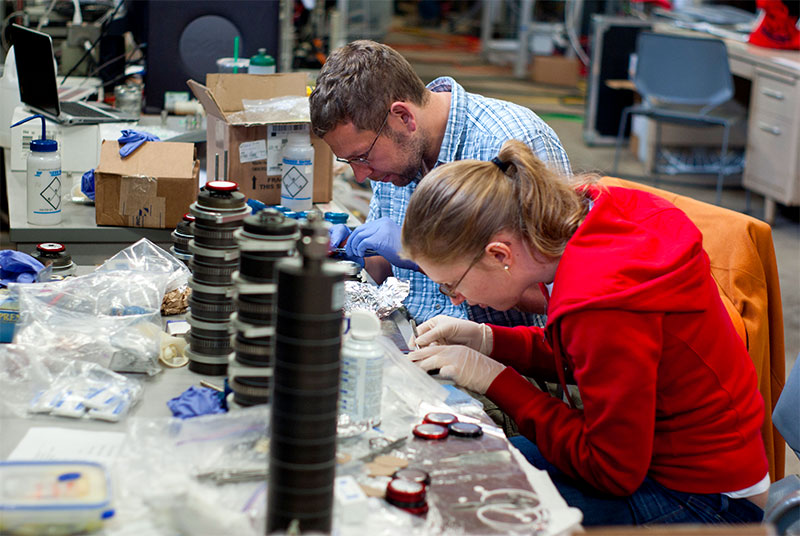
Aerosols play a significant role in our environment, influencing human health.


The CSP relies on experts in polymer, organic, biosynthetic, inorganic, computational, and materials chemistry to provide society with technologically competitive, cost-effective, and environmentally sustainable polymeric materials. The research focus of the center encompasses (I) Next Generation Feedstocks, where researchers work to discover new, efficient, non-toxic, and catalytically mediated chemical transformations of biomass and other natural product-based feedstocks into both established and new molecules that can be converted into both established and new polymers. (II) Controlled Polymerization Processes, where researchers work to discover new methods to convert biobased monomers into sustainable polymers with precisely controlled molecular structures. And (III) Hybrid Polymer Structures, where researchers work to establish crucial relationships between chemical structure, morphology, and performance for polymer architectures that incorporate multiple components and exhibit advanced properties important for future products.
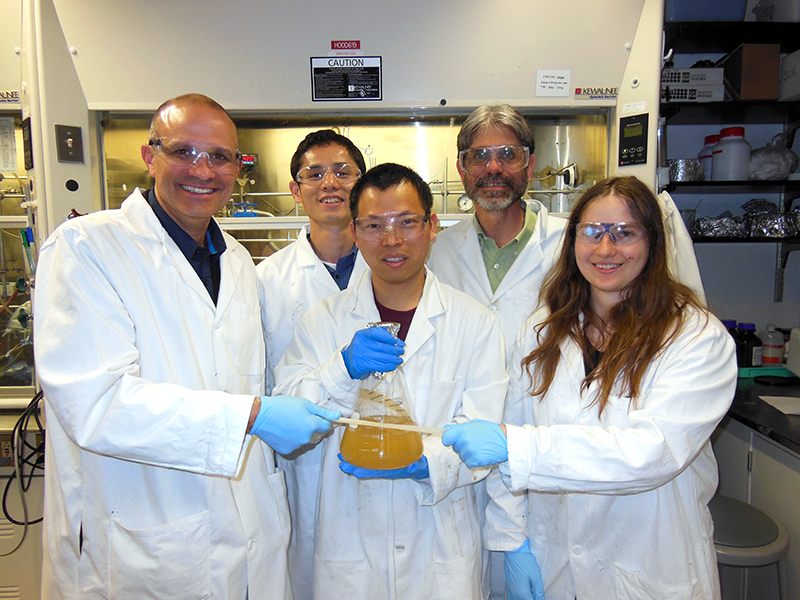
Pioneering the next generation of plastics.


The goal of the Center for Sustainable Nanotechnology is to develop and utilize a molecular-level understanding of nanomaterial-biological interactions to enable development of sustainable, societally beneficial nanotechnologies. In effect, we aim to understand the molecular-level chemical and physical principles that govern how nanoparticles interact with living systems, in order to provide the scientific foundations that are needed to ensure that continued developments in nanotechnology can take place with the minimal environmental footprint and maximum benefit to society.
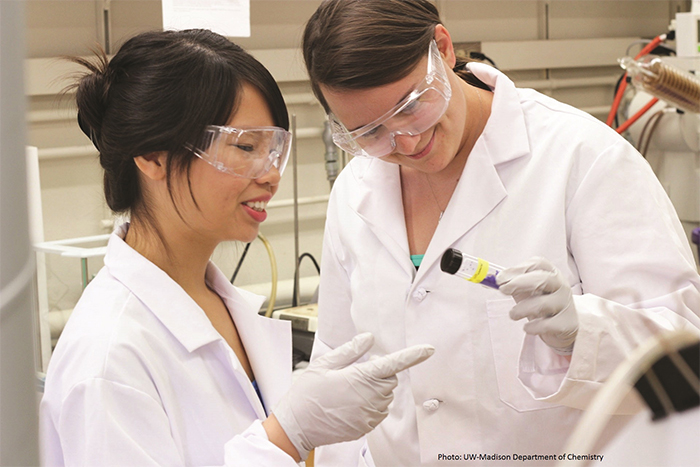
Enabling world-changing nanotechnology.
